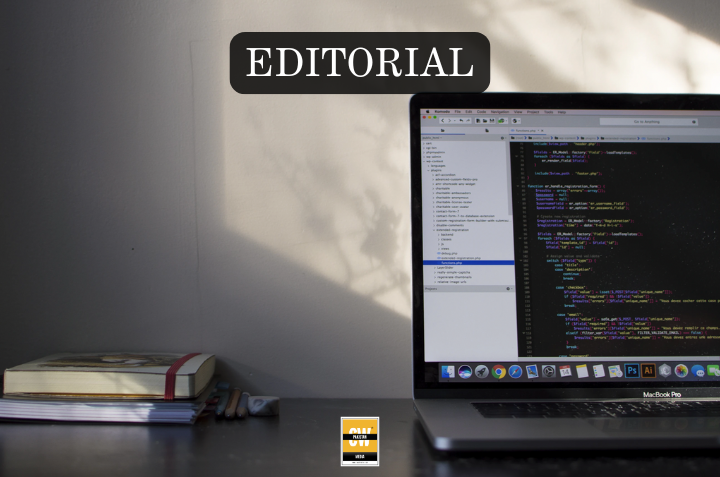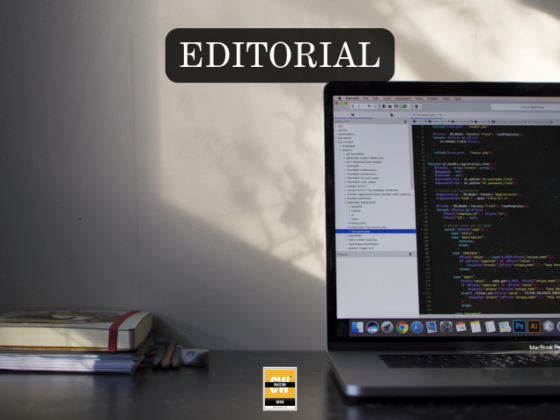KARACHI: When rain swept across Karachi on August 19, it did not just flood the streets of Pakistan’s largest city. It drowned the country’s digital connectivity. Residents began the day with routine commutes and little urgency about the weather warnings, but by evening the city was submerged in both water and silence. Internet connections slowed to a crawl or vanished altogether, and within hours the local disruption had expanded into a nationwide crisis. What should have remained a localized shock became a digital paralysis, exposing how deeply vulnerable Pakistan’s internet backbone remains to environmental stress.
By late August 19, connectivity across Pakistan fell to one fifth of normal capacity. PTCL and Ufone were the hardest hit, while Jazz, Zong, and Telenor also faltered due to their reliance on PTCL’s backbone infrastructure. PTA confirmed that more than 2,500 towers went offline in Sindh, with critical hubs in Karachi crippled by flooding and prolonged power failures. Crowdsourced data showed the extent of user frustration: PTCL users reported 89% internet outages, 3% phone issues, and 7% total blackout, while Ufone customers logged 59% mobile internet failures, 26% no signal, and 15% total blackout. Jazz users faced 46% total blackout, 44% mobile network disruption, and 11% website failures, whereas Zong’s complaints reached 62% mobile internet issues, 31% no signal, and 7% blackout. These numbers, stacked against PTA’s infrastructure damage reports, illustrate not only the collapse of connectivity in Karachi but also how quickly the disruption cascaded nationwide.
The failures did not unfold in isolation. As power outages swept through Karachi, telecom towers automatically switched to diesel-powered generators. Yet those systems only worked as long as fuel could reach them. Flooded roads blocked tanker deliveries, leaving towers powerless within hours. While solar-powered towers showed more resilience, their limited presence across the city meant they offered little relief. Even users who still showed full signal bars found themselves unable to load a single web page as nearby towers failed one by one. In Gulshan and Korangi, residents reported being cut off for days. One technician admitted bluntly, “We have only a handful of solar towers in Karachi. When everything else fails, they survive, but they are too few to matter.”
What began as a Karachi storm quickly engulfed the rest of the country. Pakistan’s international internet access flows through submarine cable landing stations concentrated in Karachi, operated by PTCL, Cybernet, and Transworld Associates. This centralization meant that when PTCL’s systems faltered, the shockwave spread to every dependent operator. By August 20, Lahore, Islamabad, Quetta, and Peshawar users were reporting the same collapse despite facing no rain at all. Freelancers missed international deadlines, banks froze transactions, and e-commerce platforms halted mid-order. As one designer in Islamabad noted, “Even though we had power, the internet vanished. We kept thinking it was our router, but the problem was everywhere.”
PTCL and PTA both announced by August 21 that services were “normalized nationwide,” claiming that 80 percent of telecom services had been restored within hours. Yet user complaints persisted for days afterward, with residents in Gulshan-e-Iqbal, Malir, Clifton, and DHA describing connections as either unbearably slow or still unreachable. This mismatch between official assurances and lived experiences deepened public frustration, raising questions not just about infrastructure but also transparency. Industry experts estimate that annual internet disruptions cost Pakistan over 1.6 billion dollars, and the losses from this outage alone spanning work, trade, healthcare, and education will likely echo for months.
Comparisons to global standards highlight just how exposed Pakistan is. In countries such as Singapore, Japan, or Germany, networks are built on redundancy through multiple landing stations, decentralized backbones, hybrid-powered towers, and disaster-resilient data centers. Pakistan, in contrast, has allowed its digital lifeline to remain concentrated in one flood-prone city, dependent on diesel supply chains, and vulnerable to routine monsoon shocks. Calls are now growing louder for reforms that diversify landing stations beyond Karachi, scale renewable-powered towers, and enforce redundancy across providers.
The August rains revealed more than an infrastructure collapse; they exposed the fragility of Pakistan’s digital future. With over 116 million users relying on the internet for livelihoods, commerce, and education, the lesson from Karachi’s storm is unavoidable: connectivity can no longer be left at the mercy of weather. Without decisive investment in resilience and diversification, every monsoon will carry not just rainwater, but the risk of shutting down a nation.
Follow the SPIN IDG WhatsApp Channel for updates across the Smart Pakistan Insights Network covering all of Pakistan’s technology ecosystem.






